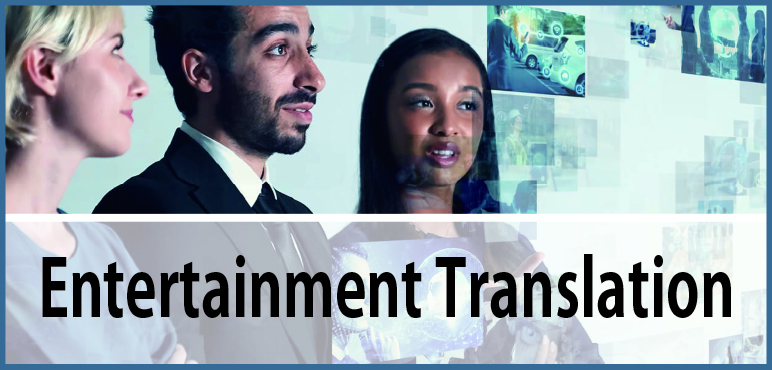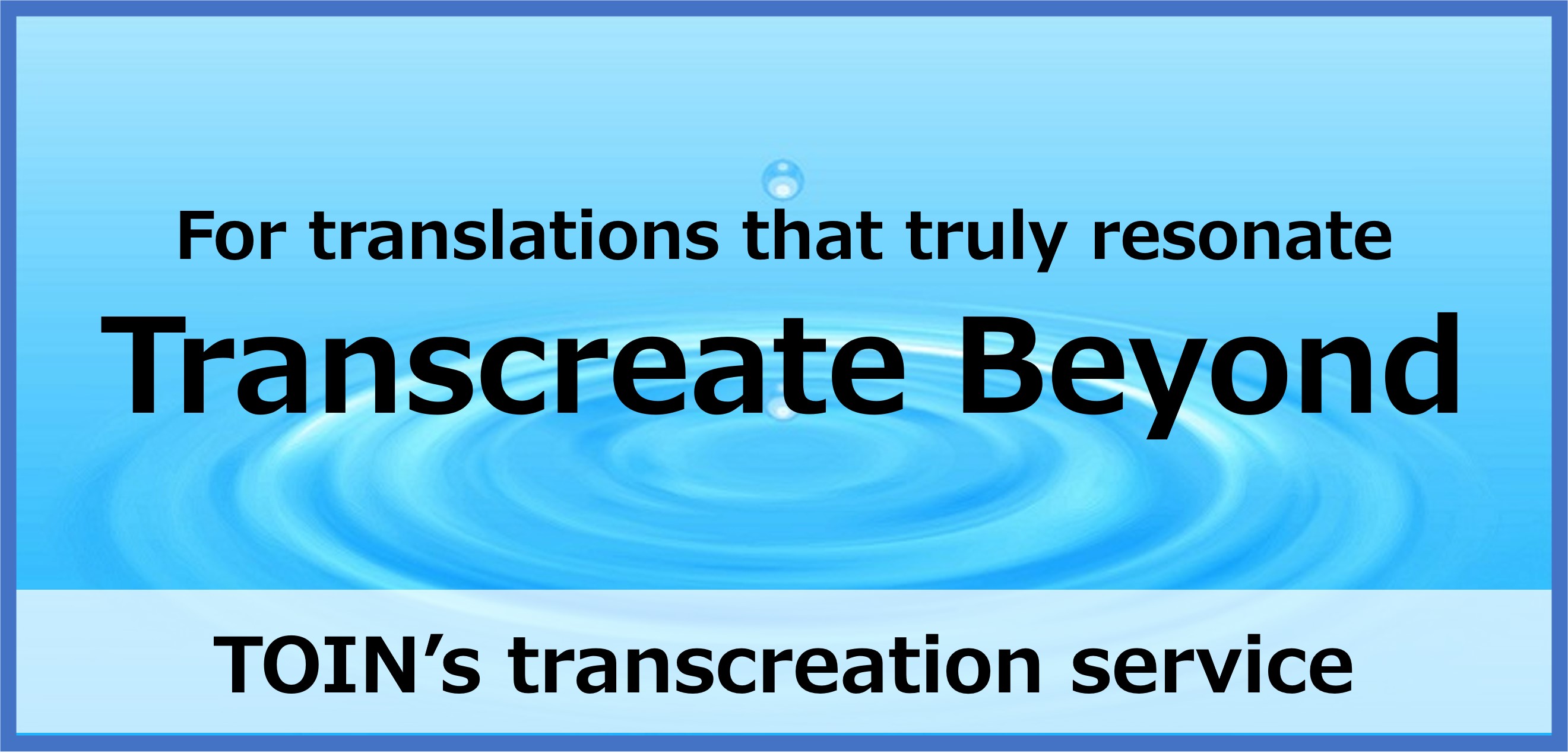How does Transcreation Handle Gender-related Issues in Entame Translation?

Language naturally evolves over time, and with it, the way we perceive and interpret words also changes. In the field of entertainment (entame) translation, for example, there is a growing movement toward the use of gender-sensitive language. This reflects a broader shift in how language is being approached and understood today. When performing entame translation, selecting expressions that take into account differences in the viewers’ linguistic and cultural environments, as well as variations in how language is perceived, is not a simple task.
This article explores how transcreation can be utilized to handle diversity considerations—including gender neutrality and LGBTQ representation—which have become essential in entame translation today.
Gender in Translation
Gender is constructed through social attributes, opportunities, and relationships, and it evolves over time in response to societal changes. In translation, gender has traditionally influenced the choice of expressions, reflecting the characteristics of the speaker. In Japanese, for example, masculine sentence-ending particles such as “da ze” and feminine expressions like “da wa” may be used to convey gendered speech. Similarly, when translating the speech of LGBTQ individuals, different styles of language may sometimes be employed to reflect their identity. However, some people may still find the result somewhat unnatural, even with the understanding that nuance can get lost in translation.
In many developed countries, there is a growing awareness of gender issues, with efforts being made—although at varying speeds—to address them. In Japan as well, small but noticeable changes are gradually emerging in everyday life. For example, Japan Airlines has replaced the traditional in-flight announcement of "ladies and gentlemen" with more gender-neutral terms such as "everyone" or "passengers."
In recent years, an increasing number of individuals in the entertainment industry have openly identified as LGBTQ, and a growing number of works are exploring LGBTQ themes. It is likely that gender-related issues will continue to remain an important theme in the world of entertainment going forward.
Diversity and Gender-neutral Translation in Entame Translation
In recent years, a growing number of clients in Japan are requesting gender-inclusive and gender-neutral translations. Examples include replacing gender-specific terms such as “kangkofu” (female nurse) with “kangoshi” (nurse), and reducing the use of language that is distinctly masculine or feminine.
In everyday life as well, we have more choices according to individuals’ gender identity and orientation. For example, gender options on official forms are increasingly moving beyond the traditional binary of male and female, offering more choices or allowing respondents to opt out of specifying a gender altogether, and practices such as avoiding gender-based color associations are becoming more common. These changes reflect a broader shift toward gender-neutral and diversity-conscious perspectives, which are also beginning to influence the field of entame translation.
In entame translation, gendered language—such as speech patterns typically associated with men or women—has been widely used, traditionally. However, in recent years, there has been a growing recognition of gender diversity, and it is now essential to take this into careful consideration and choose appropriate expressions when translating content in this field.
Handling Gender Issues in Entame Translation
Gender issues are inherently sensitive and often cannot be fully understood without confirming the perspectives of the individuals involved. However, in the field of entame translation, it is not always possible to consult directly with the film's director, the original author, or supervising editors. Therefore, translators must interpret the spirit of the times and carefully consider the context of the content, the scene, and the character's personality in order to choose the most appropriate expressions in the target language. In recent years, there has also been a growing trend toward requesting gender-neutral translations.
A translator's understanding of LGBTQ-related issues is essential, as it is important to avoid causing harm through biased perspectives or inaccurate information. Therefore, continuous updating of knowledge and a sensitive approach in translation with respect to the target language are required.
Resolving Gender Issues in Entame Translation through Transcreation
Translations that address gender diversity, which are generally considered challenging, can be effectively achieved through transcreation. By employing transcreation, each expression is carefully examined and adapted to fit the specific context, taking into account cultural and societal norms.
One important point to note is that working on this type of content can be challenging with standard translation techniques alone; it requires a translator with transcreation skills. Additionally, it is essential to use terminology that aligns with LGBTQ reporting guidelines and to have a deep understanding of the target language. Therefore, when placing a translation request, it is advisable to ensure these two aspects are covered to avoid any issues.
Toin’s Transcreation Services
At Toin, we carefully listen to and understand the messages our clients want to convey. Leveraging our expertise and technical capabilities, we provide optimal transcreation services tailored to each project, in line with the trends and demands of the times.
Toin’s transcreation services thoughtfully embrace diversity, including LGBTQ+ issues, to create content that resonates with your target audience and earns their lasting affection—driving global business success. For entame translation that conveys your unique world view, fosters emotional connection with your characters, and delivers natural yet captivating language, please consider Toin’s transcreation services.
Summary
Leveraging over half a century of expertise in translation, Toin delivers translations that effectively convey product features, and corporate and brand image across linguistic and cultural boundaries. We support the global success of your entertainment content by offering a wide range of translation services tailored to your specific needs—from localized optimization to transcreation that effectively conveys your content’s story—enabling audiences to enjoy it without worrying about language differences.
Toin’s technical expertise enables us to deliver not only translations tailored to target customers, areas, and products, but also localization to optimize content for local markets, and translation to improve your marketing power through easy-to-understand expressions and high-impact transcreation.
If you are looking to stay ahead of the times and enhance your marketing impact in global business, please feel free to contact Toin for high-quality translation services.
Click here for inquiries about Toin’s entertainment translation services:

Click here for information on transcreation:

Click here for Toin’s transcreation service
“Transcreate Beyond”:

▶About the Author
TOIN Corporation Marketing Department
Hiromi Ishikawa
Joined TOIN Corporation in 1990 and was engaged in the production of manuals. Her wide range of duties include everything from transcribing Japanese manuscripts to directing the production of multilingual manuals.
From 2002, her main focus has been on localization project management, and she has been responsible for facilitating many of the company's major projects. Since 2009, she has been working in the Marketing Department, where she has been involved in marketing as well as advertising and public relations activities. She has been a member of the Board of Directors of the Japan Translation Federation and the Asia-Pacific Machine Translation Association since 2018.









